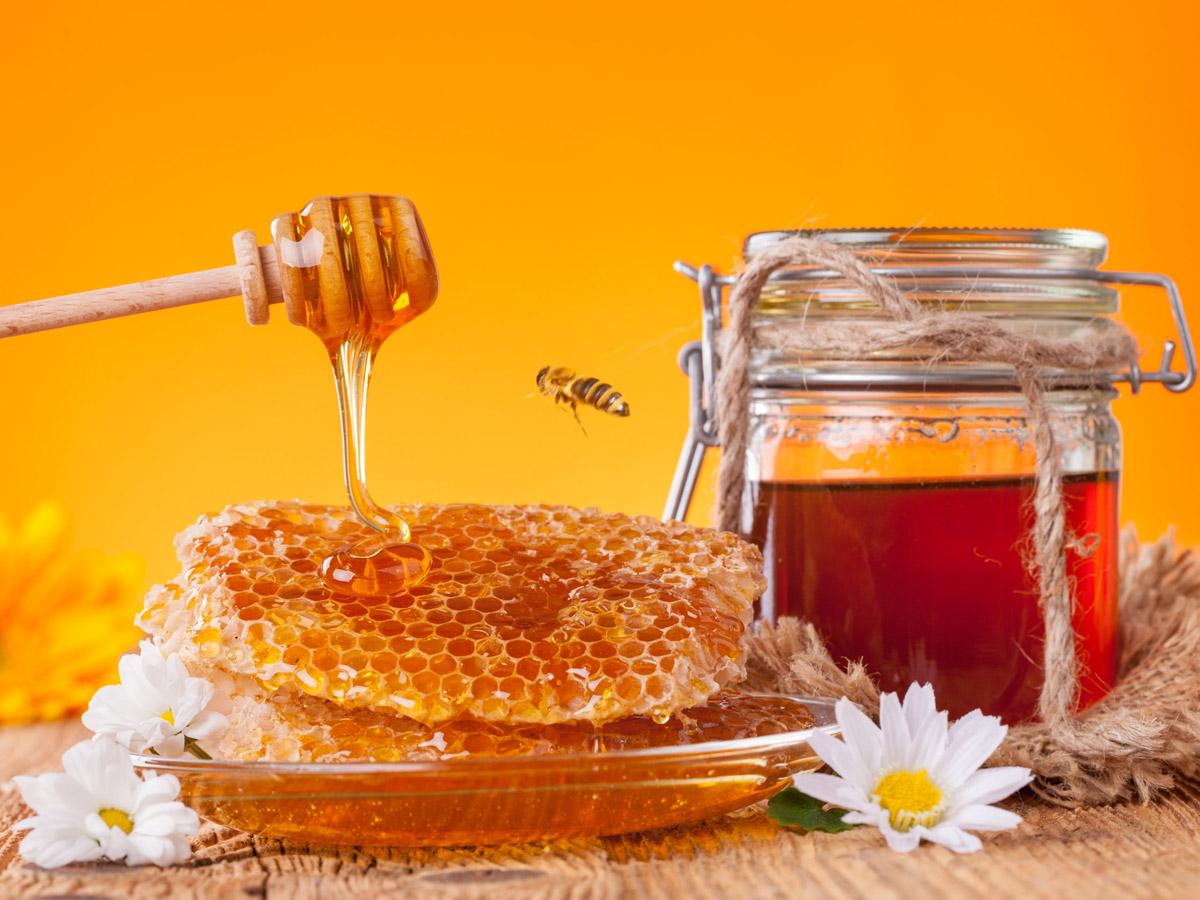Comparing Local vs Imported Honey Price in Pakistan

Honey is one of nature’s most precious gifts, valued for its sweetness, nutrition, and healing properties. In Pakistan, honey consumption has grown steadily as people become more health-conscious and prefer natural alternatives to refined sugar. Yet, one common question among buyers is about the price difference between local and imported honey. In this article, we will focus on comparing local vs imported honey price in Pakistan, what factors drive these differences, and which option may be the best for you.
Honey Market Overview in Pakistan
Pakistan is fortunate to have diverse landscapes that support honey production. From Sidr trees in the northern regions to acacia and wildflower honey from Punjab and Sindh, the country produces high-quality honey varieties. Alongside local honey, international honey brands are also available in supermarkets and online stores.
This variety creates a wide price gap, making comparing local vs imported honey price in Pakistan essential for both consumers and businesses.
Local Honey Prices in Pakistan
Locally produced honey is widely available across the country, sold in both wholesale and retail markets. Prices vary depending on the type of honey, source of nectar, and purity.
Typical Local Honey Prices (Retail):
- Sidr Honey: Rs. 5,000 – Rs. 8,000 per kg
- Acacia Honey: Rs. 3,500 – Rs. 6,000 per kg
- Wildflower Honey: Rs. 2,500 – Rs. 5,000 per kg
- Small jars (250g – 500g): Rs. 1,000 – Rs. 3,500 depending on brand
Local honey is often fresher and less expensive than imported honey, but prices still vary significantly depending on purity and branding.
Imported Honey Prices in Pakistan
Imported honey, often from countries like Turkey, Saudi Arabia, New Zealand, and UAE, is generally marketed as premium. Some famous types include Manuka Honey (New Zealand) and Acacia Honey (Europe).
Typical Imported Honey Prices (Retail):
- Manuka Honey (New Zealand): Rs. 15,000 – Rs. 25,000 per kg
- Turkish Honey: Rs. 8,000 – Rs. 12,000 per kg
- Saudi Sidr Honey: Rs. 10,000 – Rs. 18,000 per kg
- Imported Supermarket Brands (250g – 500g jars): Rs. 3,000 – Rs. 6,000
Imported honey is almost always more expensive than local honey due to branding, international shipping, and consumer perception of foreign quality standards.
Why Local Honey is More Affordable
Several factors make local honey cheaper than imported honey:
- No Import Costs – Locally produced honey avoids customs duties, shipping fees, and currency exchange costs.
- Easier Supply Chain – Local honey is harvested and delivered directly from beekeepers to consumers or stores.
- Seasonal Abundance – During peak honey harvesting seasons in Pakistan, prices drop due to local availability.
- Smaller Packaging Costs – Local producers often use simple packaging compared to imported brands.
These factors explain why comparing local vs imported honey price in Pakistan often shows local honey as the more economical choice.
Why Imported Honey Costs More
Imported honey comes with premium pricing due to:
- Branding and Certification – Imported brands often highlight strict quality standards, certifications, and testing.
- Exotic Varieties – Rare honey types like Manuka are only available in specific regions, making them more valuable.
- Marketing and Perception – Consumers often associate imported goods with higher quality, even if local honey is equally good.
- Taxes and Shipping – Duties, shipping costs, and international packaging raise the retail price.
Local vs Imported Honey: Quality Considerations
While price is a major factor, quality cannot be ignored.
- Local Honey: If sourced from reputable beekeepers, Pakistani honey is highly pure and rich in flavor. Sidr Honey from Pakistan is world-famous and often exported. However, the local market also has adulterated honey, making brand trust essential.
- Imported Honey: Usually backed by certifications and brand reputation, but not necessarily superior in nutritional value. Some imported honey is also pasteurized, which reduces natural enzymes.
So, comparing local vs imported honey price in Pakistan should always include a discussion of purity and authenticity.
Which Option Should You Choose?
- If you are looking for affordability and freshness, local honey is the best choice, provided you buy from a trusted seller.
- If you are seeking rare types or international brands, imported honey may be worth the extra cost.
- For medicinal use, both local Sidr Honey and imported Manuka Honey are considered premium, but Sidr is often more cost-effective.
Conclusion
When comparing local vs imported honey price in Pakistan, the difference is clear: local honey is more budget-friendly, while imported honey commands a premium due to branding, rarity, and international costs. However, price alone should not guide your decision—purity and source matter just as much.
For everyday consumption, high-quality local honey is a smart choice. But if you want a rare or certified variety, imported honey may be worth the investment.
FAQs
1. Why is imported honey more expensive than local honey in Pakistan?
Imported honey includes international shipping, branding, and certification costs, which makes it pricier.
2. Is local honey as good as imported honey?
Yes, Pakistani honey such as Sidr and Acacia is world-class in quality. However, buyers must ensure they purchase from trusted and authentic sources.
3. What is the price difference between local and imported honey in Pakistan?
Local honey ranges from Rs. 3,000 to Rs. 8,000 per kg, while imported honey can go as high as Rs. 25,000 per kg.
4. Which honey is best for medicinal use?
Both Pakistani Sidr Honey and New Zealand’s Manuka Honey are highly valued for medicinal purposes. Sidr is often more affordable.
5. Should I always choose imported honey over local honey?
Not necessarily. Local honey offers excellent quality at lower prices, while imported honey is better suited for those seeking specific international varieties.






